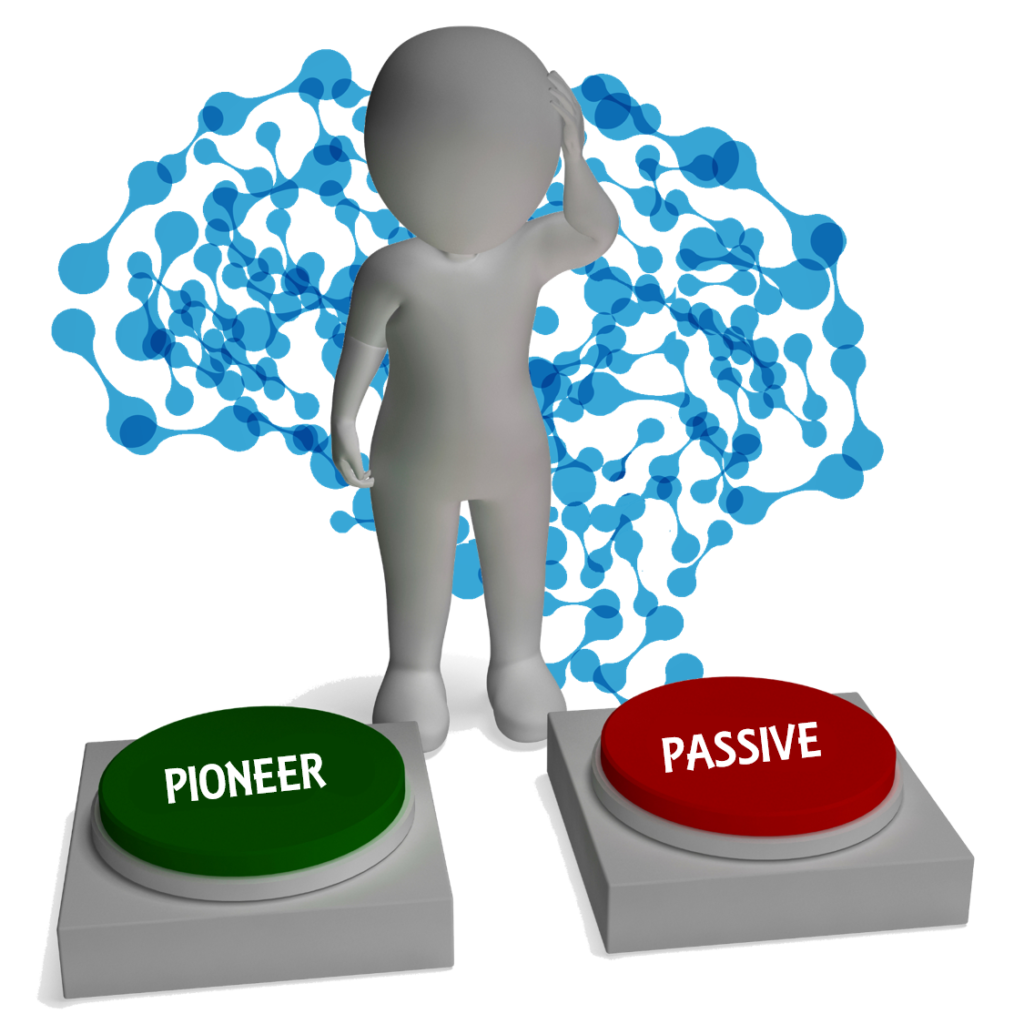Artificial intelligence (AI) has become a routine topic of discussion in newspapers, journals, and magazines as well as on television. It also provides fodder for science fiction stories and movies. Evelyn Cheng (@chengevelyn) reports a new study from the McKinsey Global Institute asserts, “AI could deliver $13 trillion in additional global economic activity by 2030, putting its contributions to growth on par with the introduction of other transformative technologies such as the steam engine.”[1] As a result, AI is often touted as one of the technologies involved in an emerging industrial revolution often called Industry 4.0. But AI has uses far beyond the industrial sector. Chang writes, “The institute’s model expects about 70 percent of companies will adopt at least one form of AI by 2030, and that a significant portion of large firms will use a full range of the technology.”
Is AI overhyped?
There is unquestionably a lot of hype written about artificial intelligence. Some of it has to deal with perils associated with artificial general intelligence — sentient machines that could someday determine humans are a danger. There are also AI vendors who overhype the technology to sell products. Martin Giles (@martingiles) reports Zachary Lipton, an assistant professor at Carnegie Mellon University, believes, “AI has huge potential to transform our lives, but the term itself is being abused in very worrying ways.”[2] Lipton told an MIT audience, “It’s getting harder and harder to distinguish what’s a real advance and what is snake oil.” Giles notes, “Lipton isn’t the only academic sounding the alarm: in a recent blog post, ‘Artificial Intelligence — The Revolution Hasn’t Happened Yet,’ Michael Jordan, a professor at University of California, Berkeley, says that AI is all too often bandied about as ‘an intellectual wildcard,’ and this makes it harder to think critically about the technology’s potential impact.” One of the challenges is that AI is discussed as though there is only one type of technology involved. As I see it, there are currently three levels of AI being developed. They are:
- Weak AI: Wikipedia states: “Weak artificial intelligence (weak AI), also known as narrow AI, is artificial intelligence that is focused on one narrow task.” In other words, weak AI was developed to handle/manage a specific data set to answer a single question. Its perspective is singular, resulting in tunnel vision.
- Strong AI: Strong AI originally referred to Artificial General Intelligence (i.e., a machine with consciousness, sentience and mind), “with the ability to apply intelligence to any problem, rather than just one specific problem.” Today, however, there are cognitive systems that fall short of AGI but far surpass weak AI. These systems were developed to handle/manage large and varied data sets to answer a multitude of questions in a variety of categories. This is the category into which cognitive computing falls. Cognitive AI can deal with ambiguities whereas weak AI cannot.
- General AI: The AGI Society notes the ultimate goal of AGI is to develop “thinking machines” (i.e., “general-purpose systems with intelligence comparable to that of the human mind”).
The important thing to remember is that AGI does not yet exist and all other forms of AI have limitations.
From pioneers to passives
Artificial intelligence (both weak and strong) is here to stay, even if general artificial intelligence remains aspirational. Declan Joyce asserts, “AI, despite its long association with science fiction and the future, is now very definitely part of the here and now, and to ignore it is to run the risk of your business being left stranded by nimbler, more tech-savvy competitors.”[3] He adds, “The first and perhaps the most crucial thing to know may be the importance of embracing the new reality, no matter how much discomfort or disruption to traditional business processes it may cause in the short term. If you haven’t yet done so, however, you’re not alone.” If the McKinsey analysts cited above are correct about the impact AI will have (and I think they are) then Joyce is correct on both counts — AI can help your business and you’re not alone if you haven’t yet embraced the technology. One of the reasons many companies haven’t embraced AI, in spite of its importance, is because not everyone sees AI in the same way. Chuck Martin (@chuckmartin), CEO of Net Future Institute, explains a global survey of 3,100 business executives by the MIT Sloan Management Review and Boston Consulting Group found businesses could be placed into one of four categories: pioneers, investigators, experimenters, and passives. “The key,” Martin writes, “is that pioneers and passives have a different view of the future.” Before explaining what that difference is, Martin discusses the four different categories of business according to their experience with AI.
- Pioneers — organizations that both understand and have adopted AI.
- Investigators — organizations that understand AI but are not deploying it beyond the pilot stage.
- Experimenters — Organizations that are piloting or adopting AI without deep understanding.
- Passives — organizations with no adoption or much understanding of AI.
Half of the respondents, Martin notes, fall into the first two categories. He goes on to note, “The differences between the first (pioneers) and the last (passives) are stark. … Most (85%) pioneers say developing a strategy for AI is urgent for their organization, compared to 39% of passives. Most (90%) pioneers have a strategy for what they are going to do with AI in their organization compared to 14% of passives.” McKinsey analysts’ prediction that 70 percent of companies will adopt at least one form of AI by 2030 means passives may a difficult time surviving in the decades ahead. Joyce adds, “Whatever your approach, the bottom line is to engage with the subject, and to do so sooner rather than later. Resistance is futile, as the Borg put it. And they’re no strangers to AI.”
Summary
As companies move forward with AI implementation, they need to ignore the hype and understand both the benefits and limitations of the technology. Understanding how AI can benefit a business starts with understanding the business and how it might transform in the years ahead. Most analysts believe enterprises organized around Industrial Age principles must transform in digital enterprises more in line with the Information Age. Big data and artificial intelligence are changing business models in almost every sector of the economy. A company without a clear vision of where it is headed may be headed for history’s dustbin.
Footnotes
[1] Evelyn Cheng, “A.I. could spur global growth as much as the steam engine did, study shows,” CNBC, 4 September 2018.
[2] Martin Giles, “Artificial intelligence is often overhyped—and here’s why that’s dangerous,” MIT Technology Review, 13 September 2018.
[3] Declan Joyce, “Resistance is Futile: Embracing Artificial Intelligence,” MDM, 17 September 2018.
[4] Chuck Martin, “Pioneers Vs. Passives: Two Approaches To Artificial Intelligence,” MediaPost, 19 September 2018.





